Tote bags, matcha lattes and Labubus took over the lawn beside Janss Steps at a performative male competition Tuesday.
The competition, hosted by the Shenanigans Comedy Club at UCLA, invited the UCLA community to compete by dressing up and…
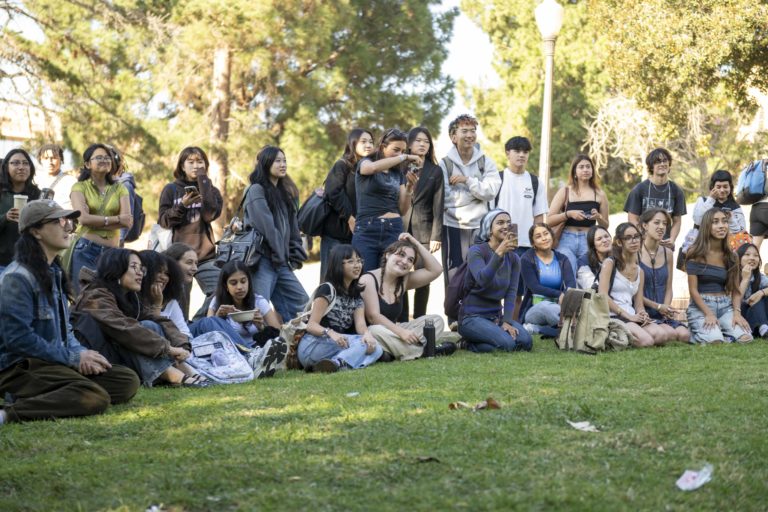
Tote bags, matcha lattes and Labubus took over the lawn beside Janss Steps at a performative male competition Tuesday.
The competition, hosted by the Shenanigans Comedy Club at UCLA, invited the UCLA community to compete by dressing up and…
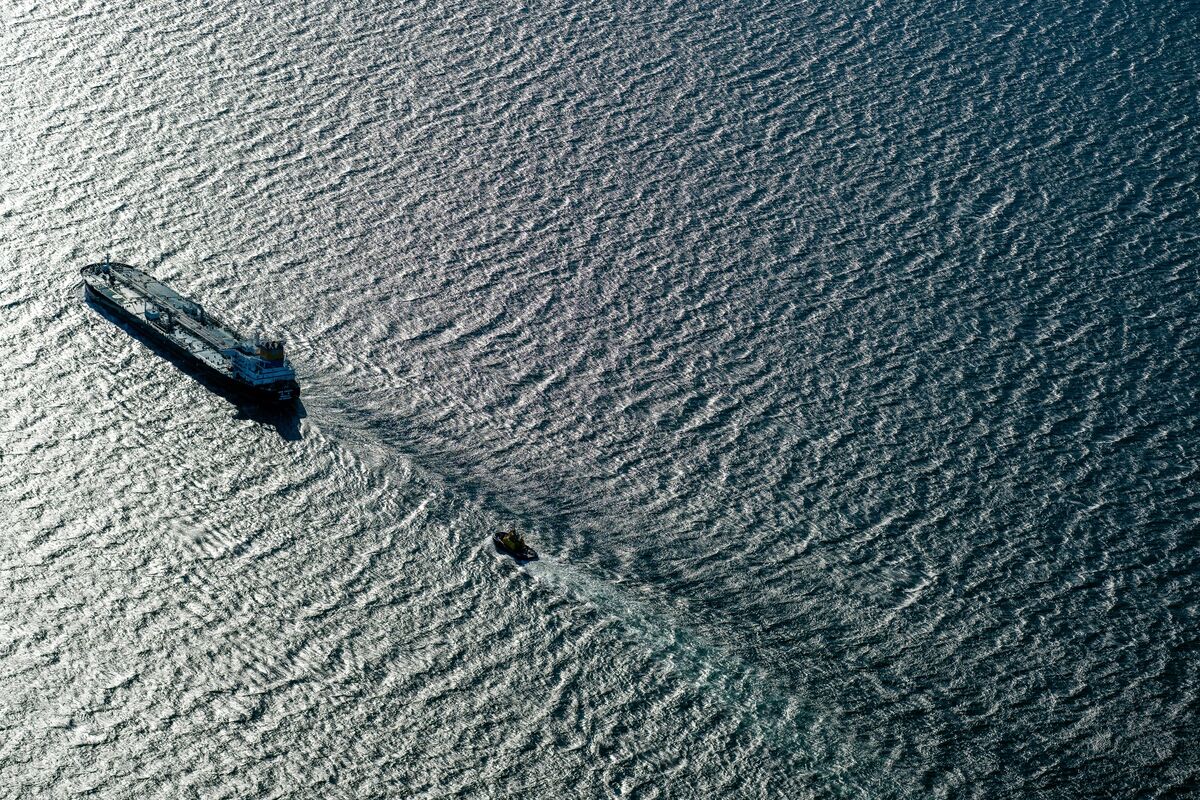
Oil held the biggest decline in a week on cautious optimism about easing tensions in the Middle East and the outlook for supply.
Brent traded near $65 a barrel after closing 1.6% lower on Thursday, while West Texas Intermediate was below $62. Israel approved a framework that would see Hamas release hostages in exchange for prisoners, a major step forward for a peace agreement to end the bloody conflict in Gaza.


Breast cancer, one of the most aggressive kinds of cancer, remains the most commonly diagnosed cancer among women globally. Not to say that men are safe from this kind of cancer, but in 2022 alone, around 2.3 million women were diagnosed with…
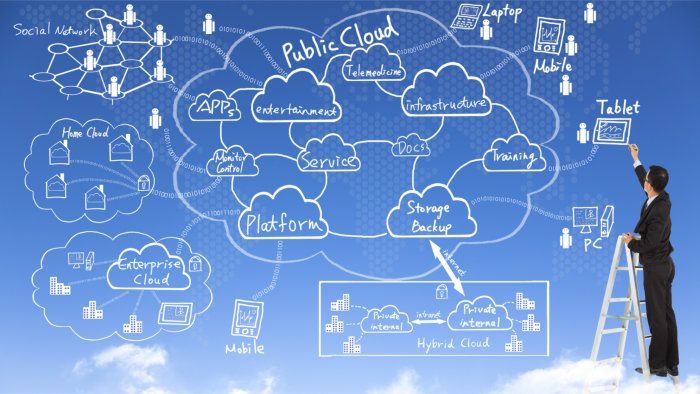
Back in the days when people used to install software by inserting floppy disks into the slots on desktop computers, a few visionaries dreamt of being able to run software directly on the Internet and use it in…
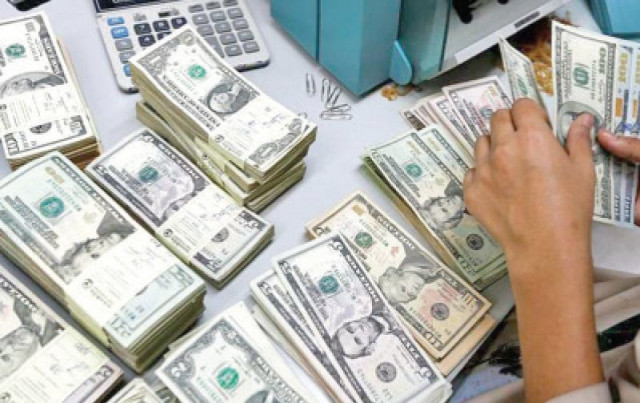
Pakistan’s foreign exchange reserves recorded a marginal increase during the week ended October 3, 2025, despite substantial external debt repayments.
According to data released by the State Bank of Pakistan (SBP), the central bank’s reserves rose by $20 million to $14.42 billion. During the same period, the SBP made external debt payments, including the repayment of a $500 million Pakistan Sovereign Eurobond.
The country’s total liquid foreign reserves stood at $19.81 billion, comprising $14.42 billion held by the SBP and $5.39 billion held by commercial banks.
Meanwhile, the Pakistani rupee recorded a slight appreciation against the US dollar on Thursday, rising by Rs0.01 in the inter-bank market. By the end of the trading session, the rupee stood at 281.20 against the greenback, compared to 281.21 a day earlier.
Moreover, gold prices in Pakistan remained unchanged at Rs425,178 per tola, despite a sharp fall in the international market where bullion lost over 1% and slipped below the $4,000 per ounce mark. The global decline followed a stronger US dollar and profit-taking by investors after the announcement of a ceasefire deal between Israel and Hamas.
According to the All Pakistan Sarafa Gems and Jewellers Association, the price of 10 grams of gold also stayed stable at Rs364,521. A day earlier, gold had surged by Rs8,400 per tola, reaching a record high of Rs425,178 amid a rally in global markets that pushed bullion past the $4,000 milestone for the first time.
Adnan Agar, market analyst and Director at Interactive Commodities, noted while gold prices hit historic highs, some correction was expected due to overbought conditions and global market pressure. He added that silver, which also reached an all-time high earlier this week, has started showing signs of consolidation as investors turn cautious after the extraordinary rally.
Silver, spurred by momentum in the gold market, strong investment demand and a persistent supply deficit, rose above $50 per ounce for the first time, according to Reuters.
Spot gold fell 1.1% to $3,993.41 per ounce by 12:38 pm ET (1638 GMT). US gold futures for December delivery fell 1.6% to $4,006.40.
The US dollar index was up 0.5% and hovered near a two-month high, making dollar-priced bullion more expensive for overseas buyers.
“Speculators are taking some gold chips off the table as the Gaza ceasefire takes effect since it reduces the temperature in a historically volatile region,” said Tai Wong, an independent metals trader.
10 Octobre 2025
The International Agency for Research on Cancer (IARC) will celebrate its 60th anniversary with the IARC@60 Conference: “Cancer Research into Action”, which will take place in Lyon,…

This story contains spoilers for “Tron: Ares.”
Get ready to enter the Grid: “Tron: Ares” has finally hit theaters.
Directed by Joachim Rønning, “Tron: Ares” is the third installment of the classic sci-fi franchise that kicked off with…
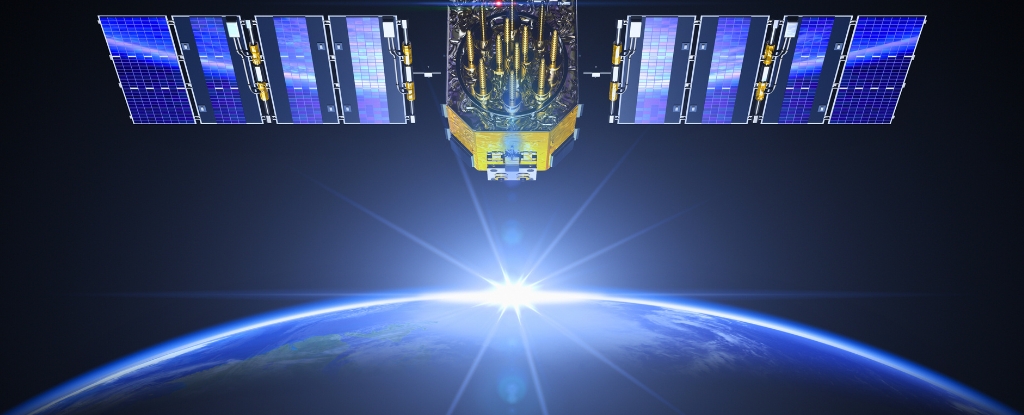
A proposed constellation of satellites has astronomers very worried. Unlike satellites that reflect sunlight and produce light pollution as an unfortunate byproduct, the ones by US startup Reflect Orbital would produce light pollution by…
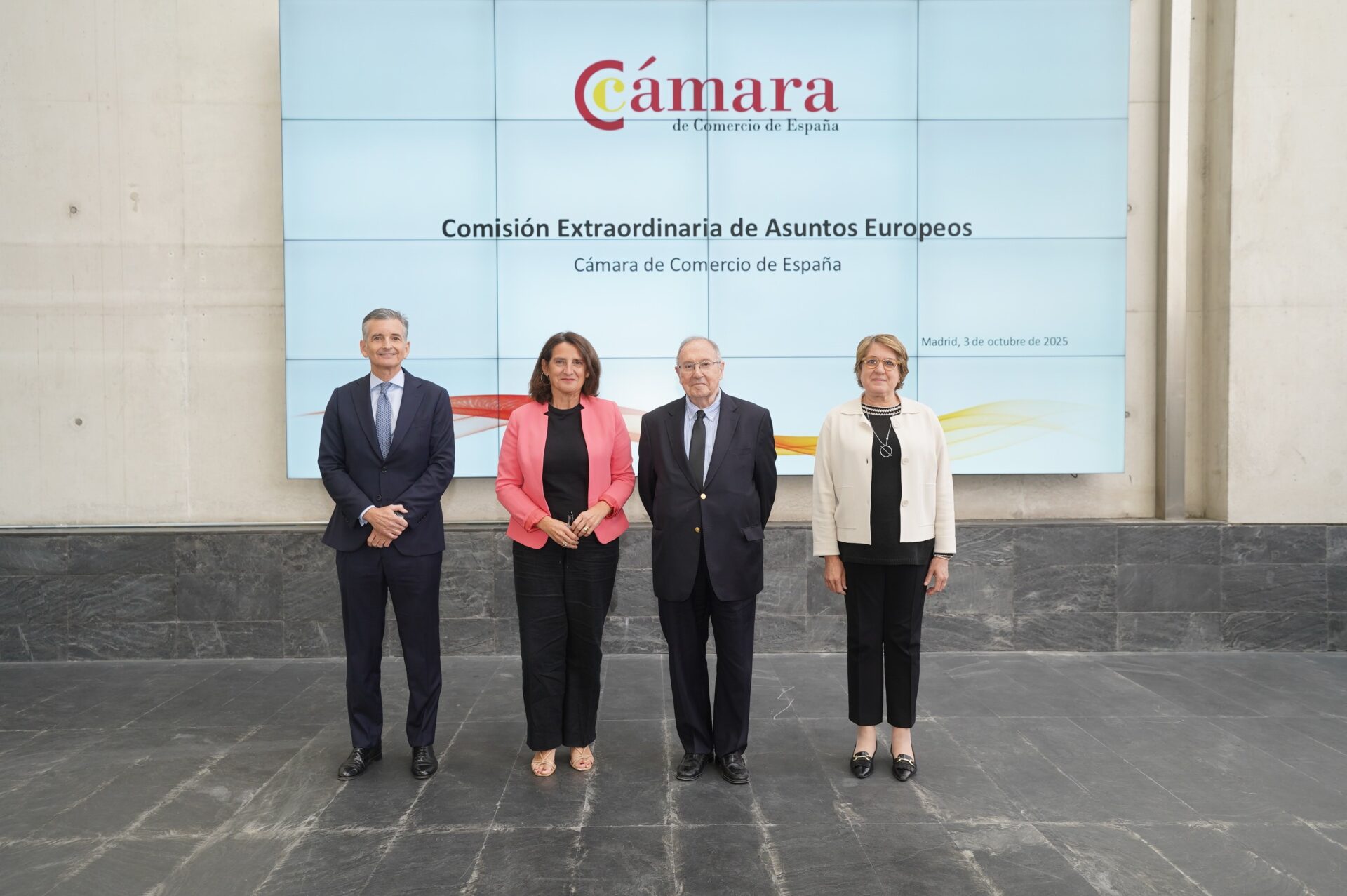
As part of these efforts to promote dialogue, last week we welcomed Teresa Ribera, Executive Vice President of the European Commission for a Clean, Just and Competitive Transition. The session provided an enriching discussion between the senior European Commission representative and the business community regarding the challenges Europe is facing in its decarbonization process, without undermining its industrial base or global economic leadership.
Despite the uncertain geopolitical context, Ribera was optimistic, pointing out that Europe has “great opportunities and strengths” to achieve its goals. But she warned that it is time to take a “qualitative leap” that entails working on two fronts: the domestic agenda, moving towards greater integration of the Single Market; and the external agenda through the redefinition of its trade policy.
In her remarks, the Vice President underscored six strategic pillars, from global geopolitical transformation and the technological rivalry between the U.S. and China, to the central role of sustainability as a driver of competitiveness and the need for a more integrated Single Market and a stronger capital market – which is key to financing our innovation.
The Green Deal Industrial Plan is a key instrument to accelerate the decarbonization and modernization of the European industrial sector. Its objectives include promoting the production of clean technologies, reducing external dependencies and establishing a common, coherent framework that ensures equal opportunities among countries and sectors.
For Vice President Ribera, the discussion is not about whether we should move towards climate neutrality ensuring that the Green Deal targets “continue moving forward”, but about “how to fit the pieces together in the most efficient way”, supporting our SMEs so that no one gets left behind in this transition. At the bank, we support this vision, as we understand that sustainability and competitiveness are not conflicting goals, but rather complementary ones. Therefore, the success of the European model will depend on its ability to combine its climate ambition, social inclusion and technological innovation.
In the subsequent open dialogue with the business community, Ribera addressed some of the concerns that were shared by the presidents of the sectoral commissions: Federico Ramos (Circular Economy); Isabel Puig (SMEs) and Patxi Calleja (Energy). Their questions focused on the main pillars of European competitiveness: the circular economy, administrative simplification, the industrial strength of SMEs and access to European funding. In this regard, they highlighted the urgency of making further progress on regulatory simplification, and emphasized the importance of supporting SMEs to ensure their full integration, preventing the green transition from becoming a barrier to growth.
We are at a decisive moment. The European Union cannot afford to stand still. A clean, just and competitive transition will only be possible if the public and private sectors act as true strategic partners, each fulfilling their share of the commitment. It is a shared effort to build a stronger, more united Europe – one that is ready to lead the future.